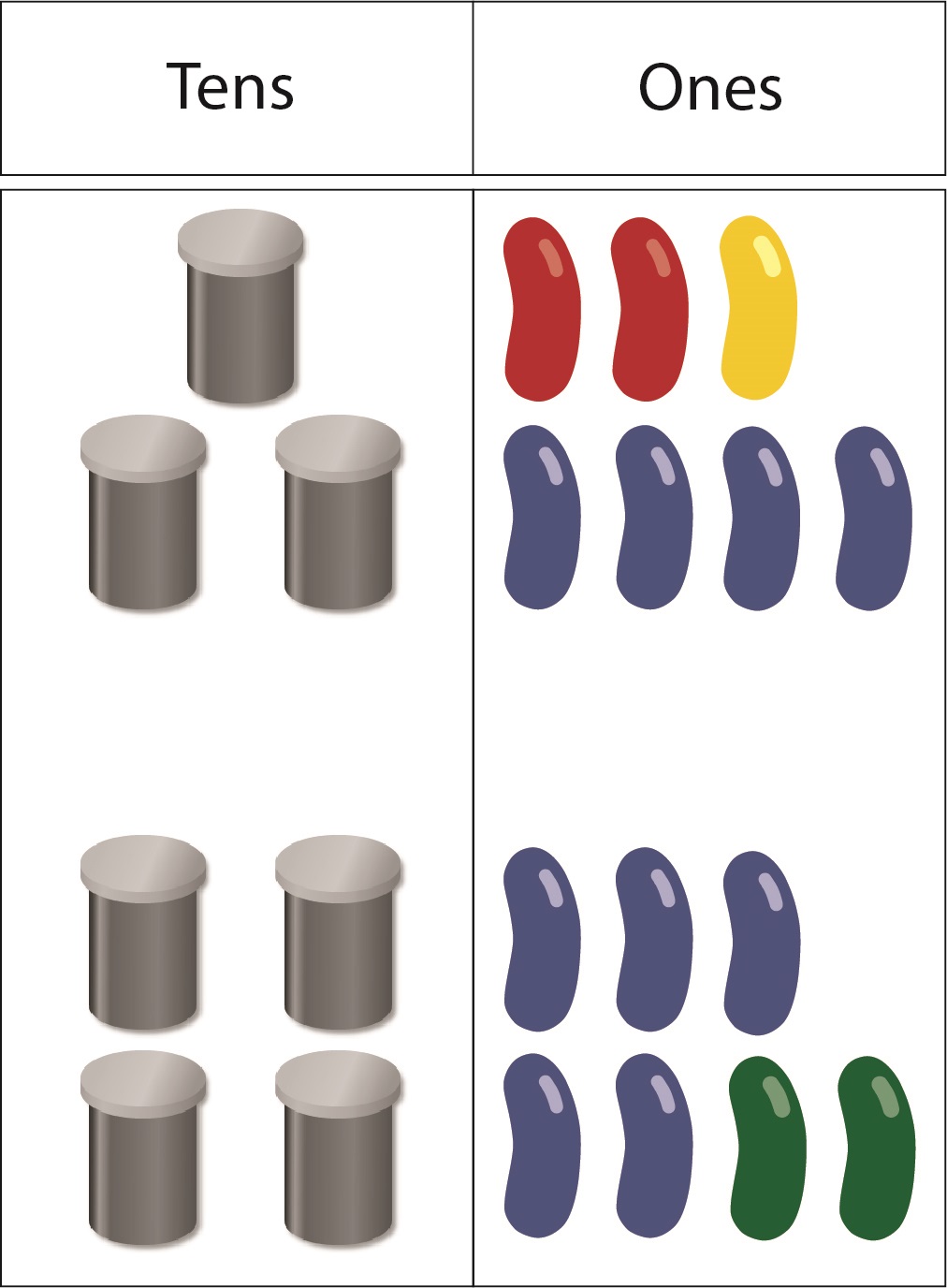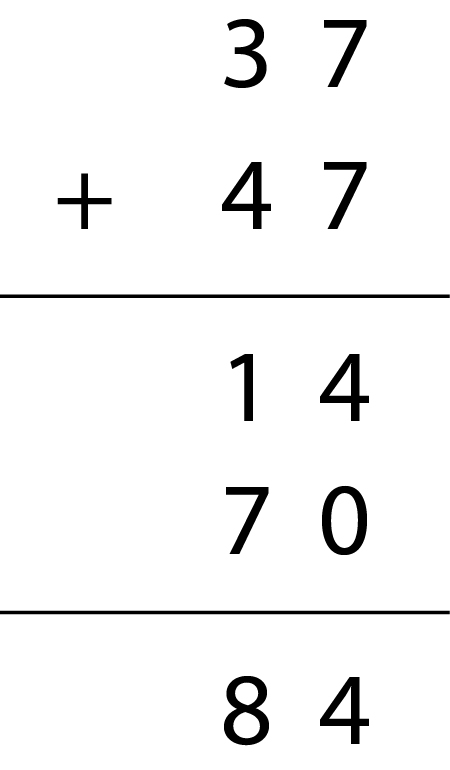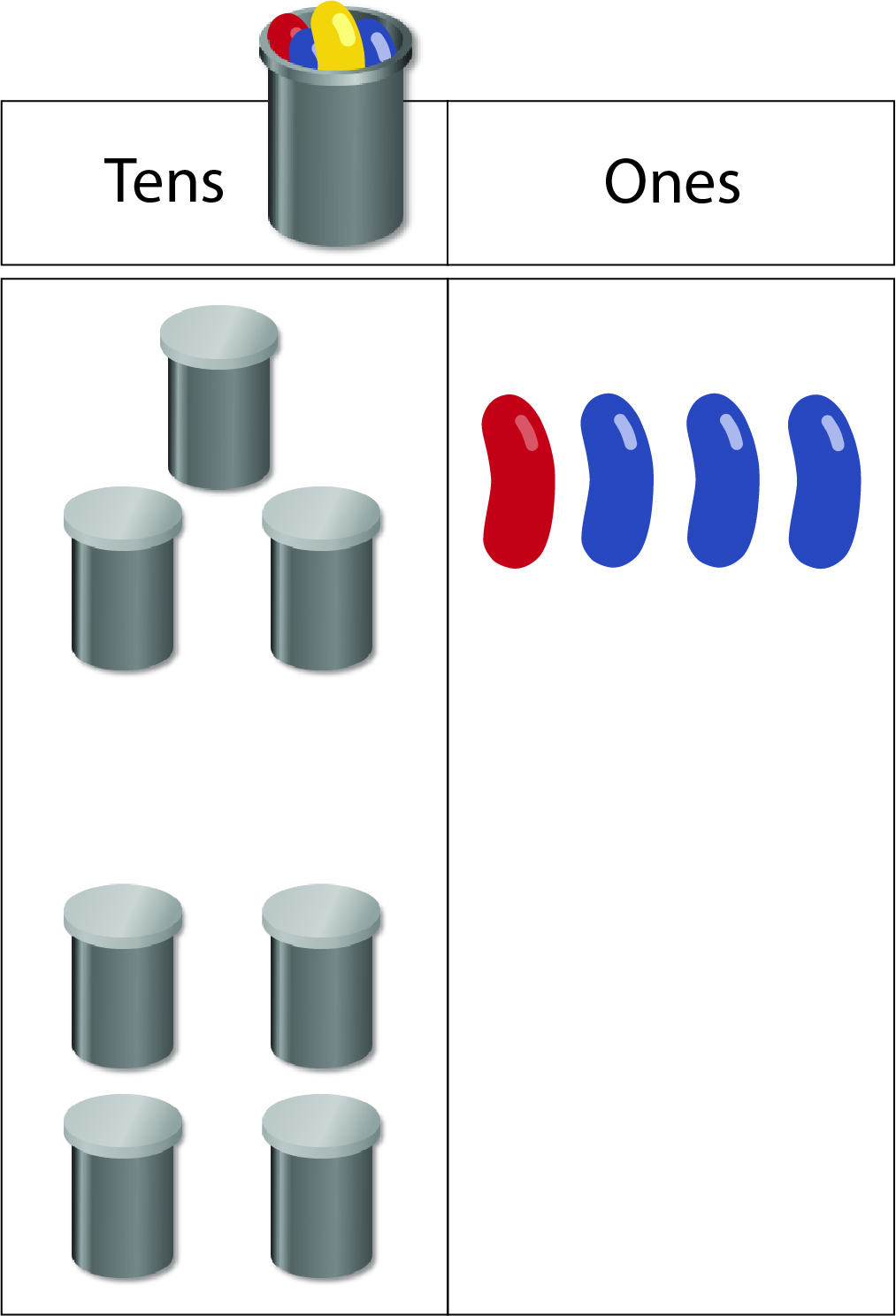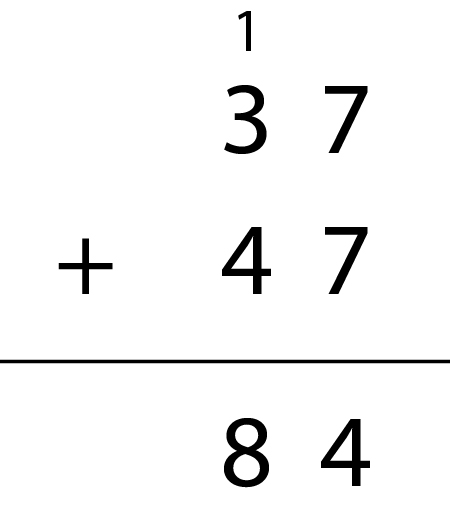The purpose of this activity is to support students in learning to apply their knowledge of basic facts and place value to solve addition problems that involve renaming.
- Place value materials composed of individual items grouped into tens, such as BeaNZ in film canisters, ice block sticks bundled with rubber bands (hundreds with hair ties), or a paper form such as Place Value People. Bundled materials are important as they allow partitioning and combining without the need for “trading” tens blocks for ones.
- A place value board. This allows for the organisation of materials into columns and, in turn, supports calculation strategies. Three-column and four-column place value boards are available here.
The examples below use images of BeaNZ and canisters used to physically model the numbers. You may prefer to use ice block sticks in bundles of 10, or Place Value People. We recommend that you focus on just one of these within any given lesson.
- Pose problems initially with two-digit addends that require ten ones to renamed as one ten. Set up a physical model, model the calculation using the materials, and record the calculation vertically.
You have 37 beans and I am going to give you 47 more beans.
How many beans do you have now?
I am going to write the equation vertically. I am making sure to line up the tens and ones columns. This helps me to see how many tens and ones I am adding.

- Let students solve the problem with materials and talk aloud as they do so. Encourage them to verbalise their thinking with a partner as they work, and provide time for them to share their ideas with the wider classroom. You might model this by “thinking aloud”. Students are likely to start with the tens units, rather than the ones. The order is less relevant than how the ones can be grouped to form another ten.
- Connect the written recording to the manipulations of materials by forming a new tens unit with 10 of the 14 individual beans displayed. For example:
I can make a new ten with these individual beans. I have 14 individual beans and I am going to put ten of them in this canister. I am going to add the canister to the tens column. Now I have eight groups of ten and four individual beans.
- Pose similar problems until the students can confidently relate the material manipulations to a written method.
- As your students progress, refine the use of a vertical algorithm to not include partial addends.

Next steps
- Pose further addition problems that involve renaming, and that are set in real-world contexts. Choose realistic contexts appropriate to your students, and encourage students to relate the problem back to the equipment if necessary. For example, “there were 39 boys and 46 girls at the beach day. How many tamariki were there altogether?”
- Increase the level of abstraction by covering the materials, asking anticipatory questions, and increasing the students’ use of, and efficiency using, the vertical written algorithm.
- Increase number size so the sum is pushed over 100 and eventually extended into three digits. A suggested sequence for extending the difficulty of the additions is:
- Ten ones need to be renamed as a ten (eg 38 + 26)
- Ten tens need to be renamed as a hundred (eg 83 + 44)
- Both ones and tens need to be renamed (eg 58 + 75)